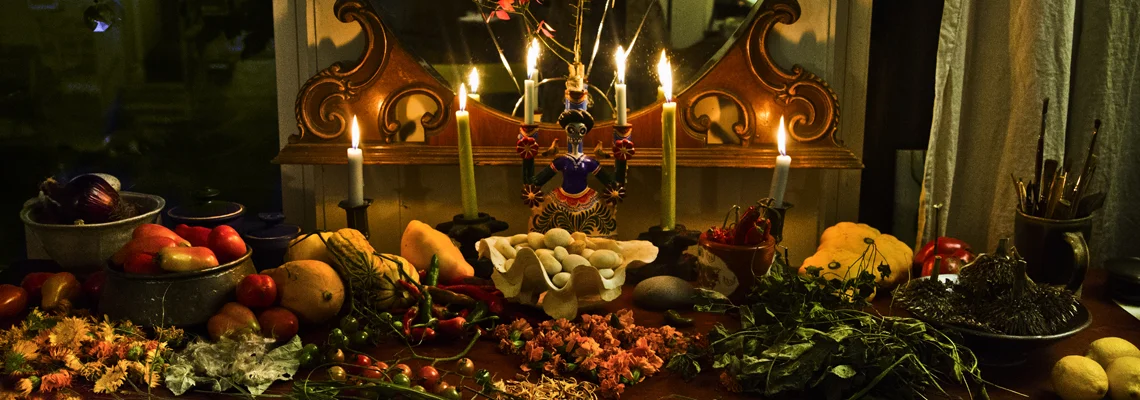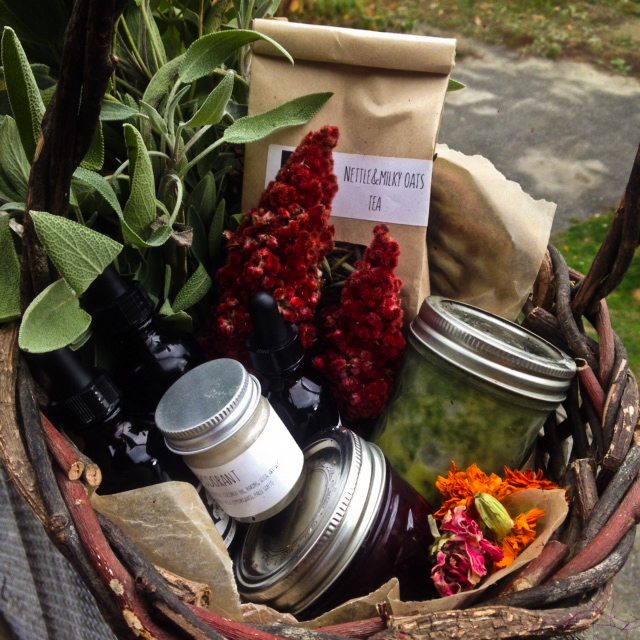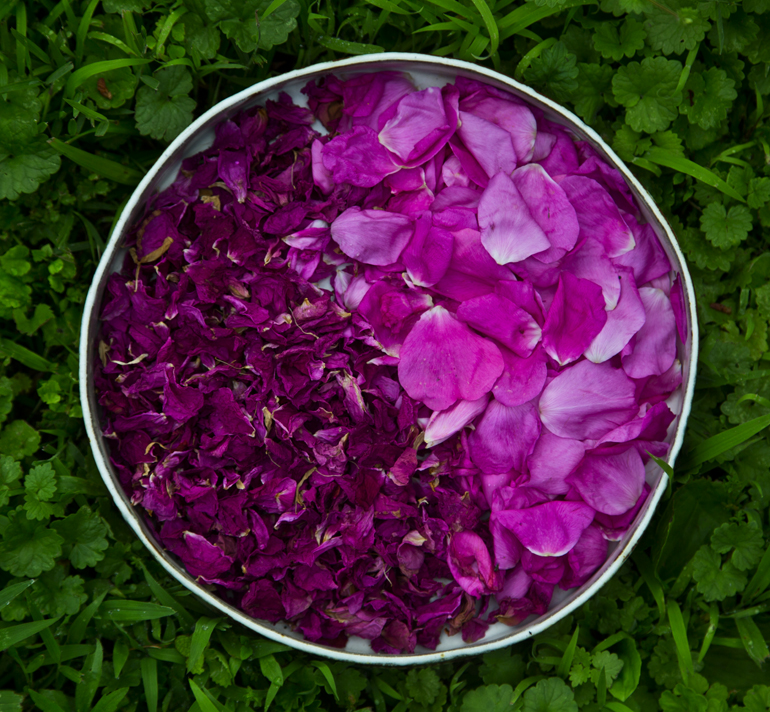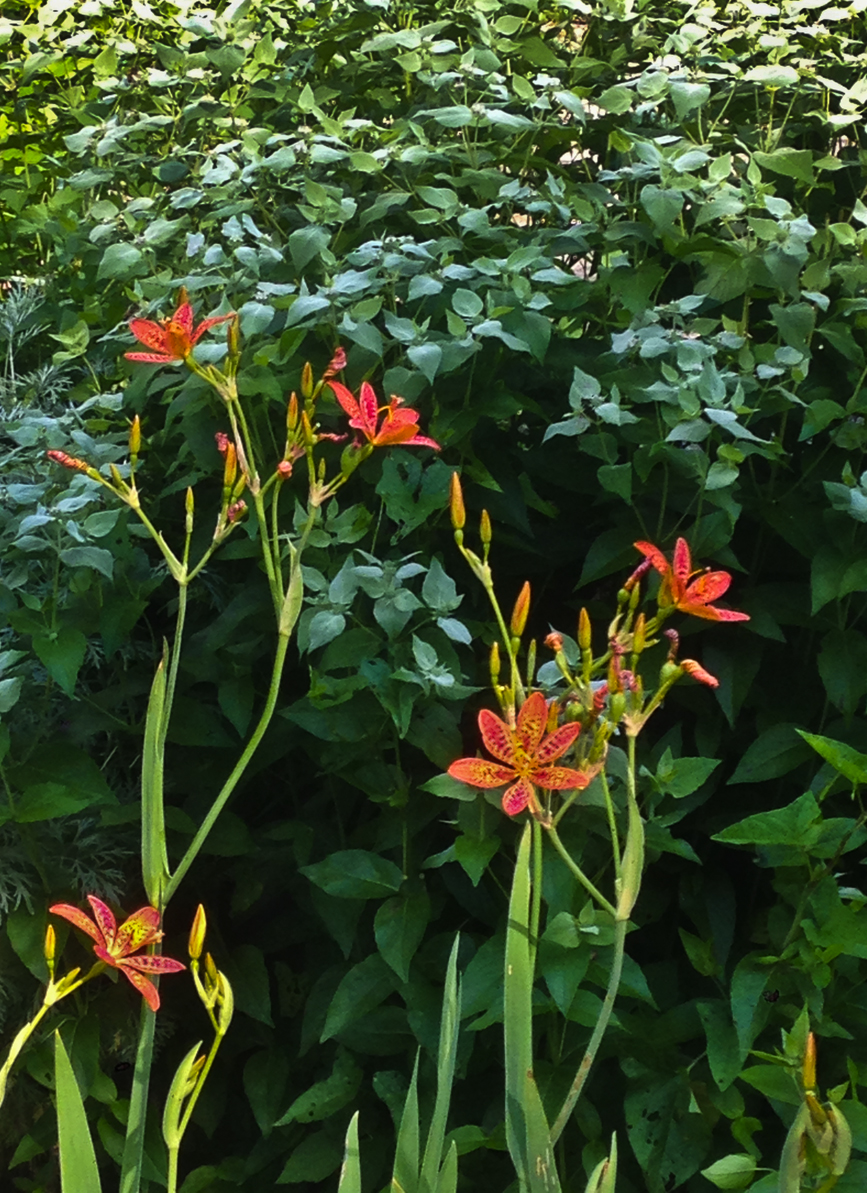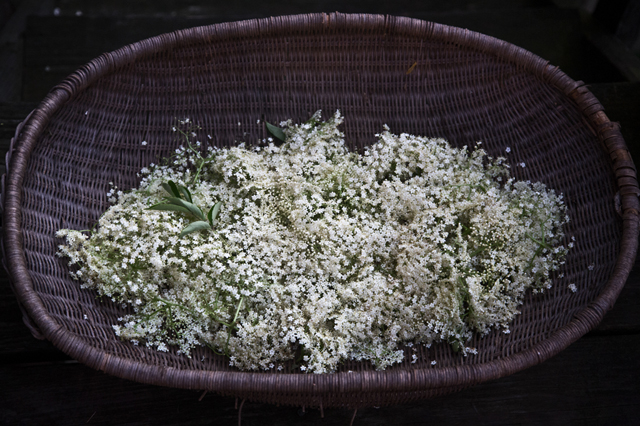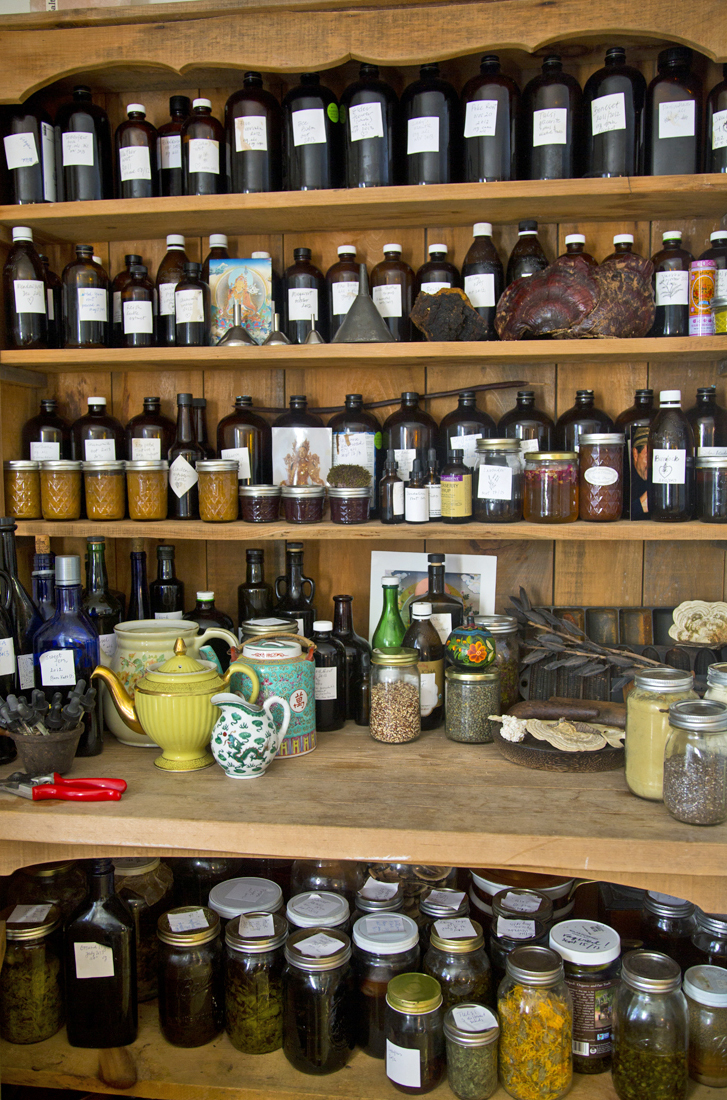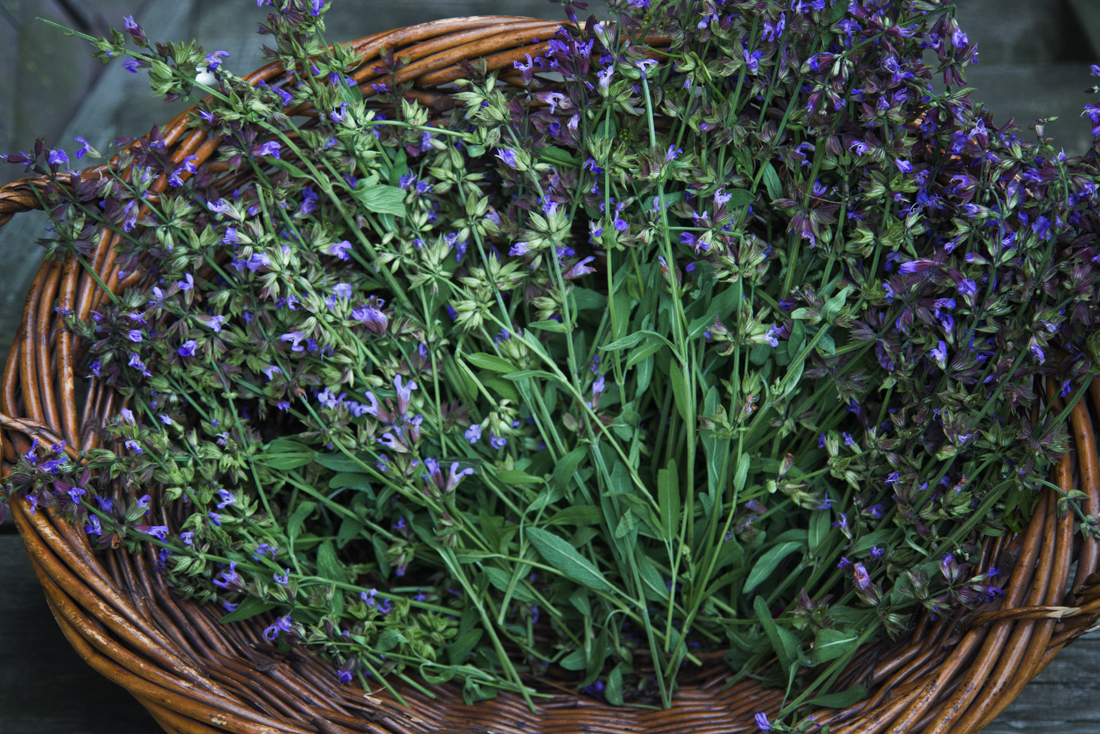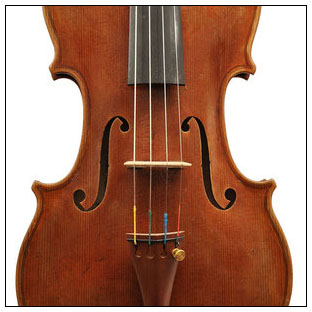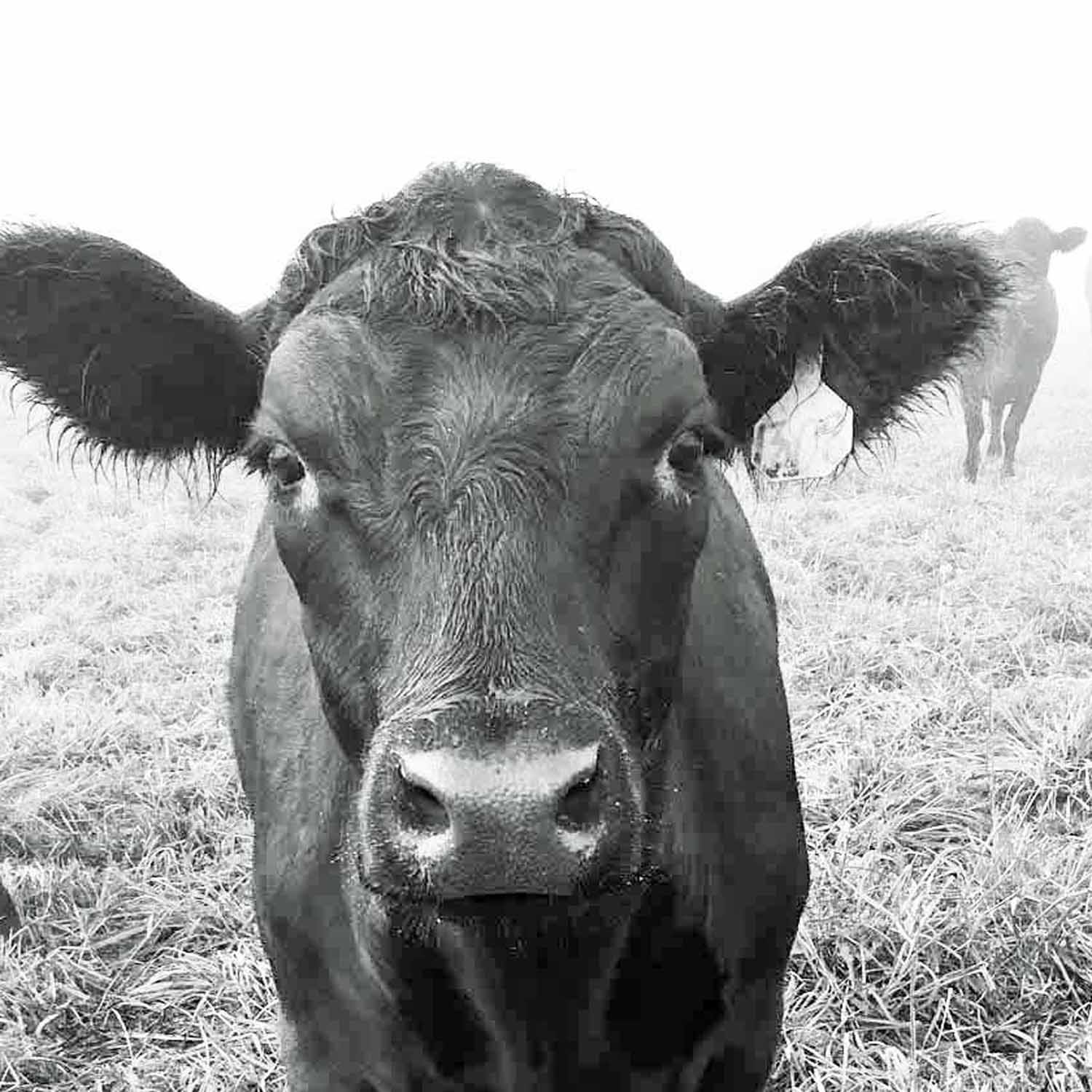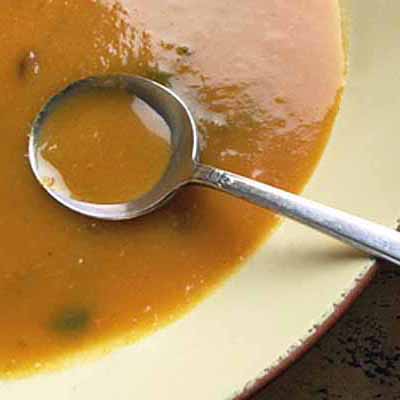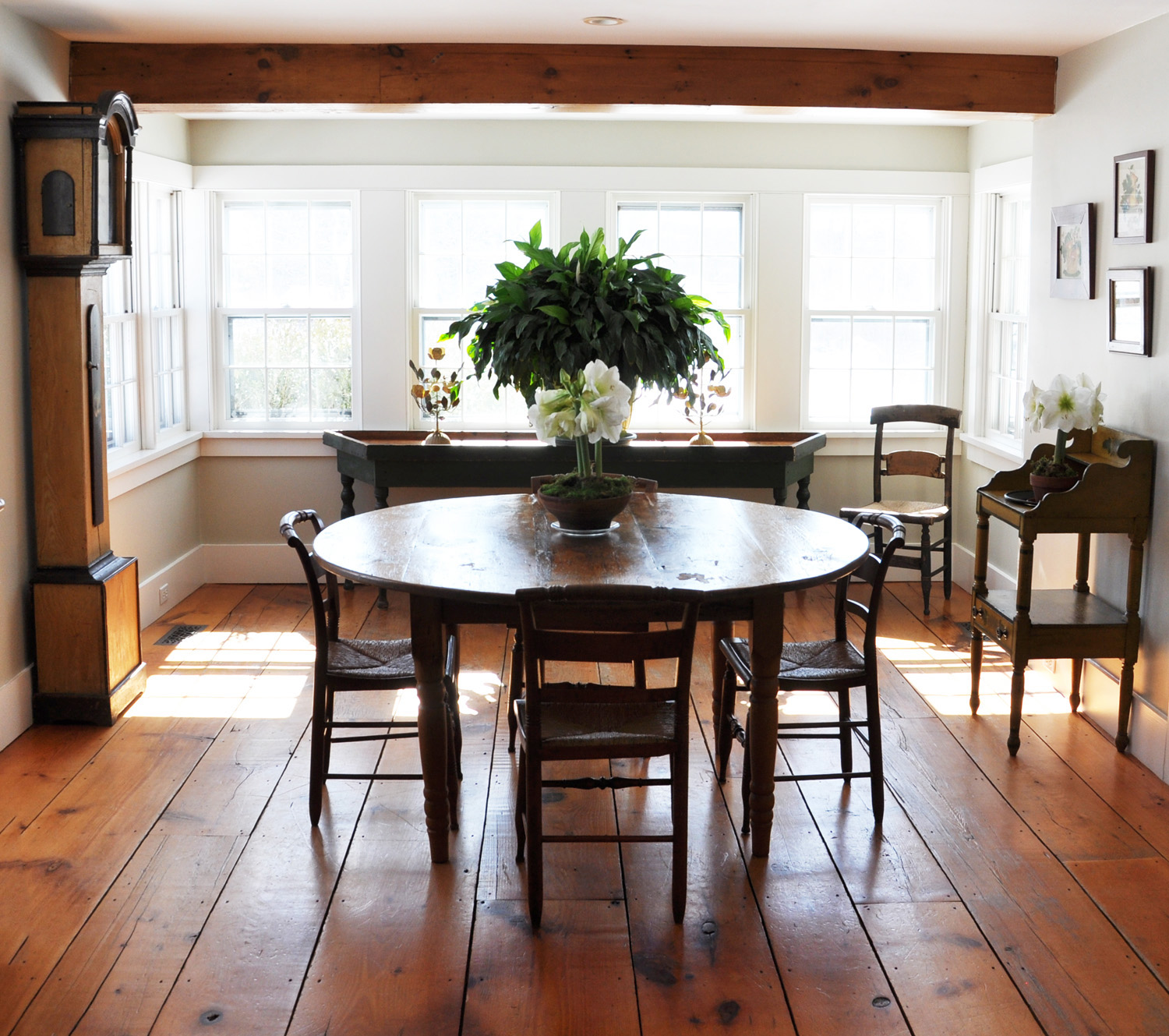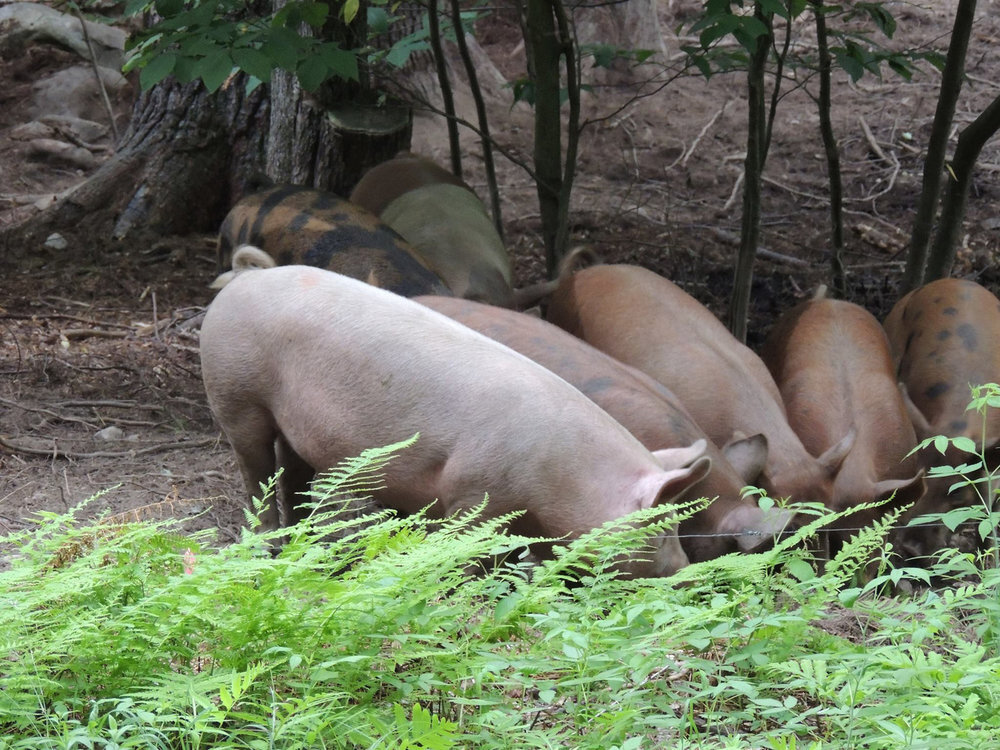MEDICINE WOMAN: KRYSIA KURZYCA
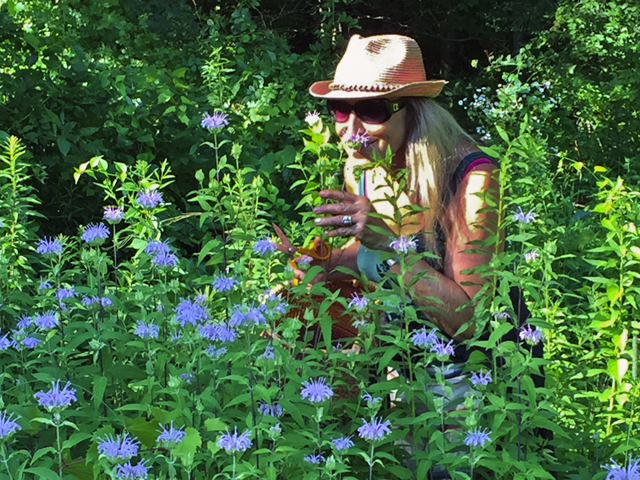
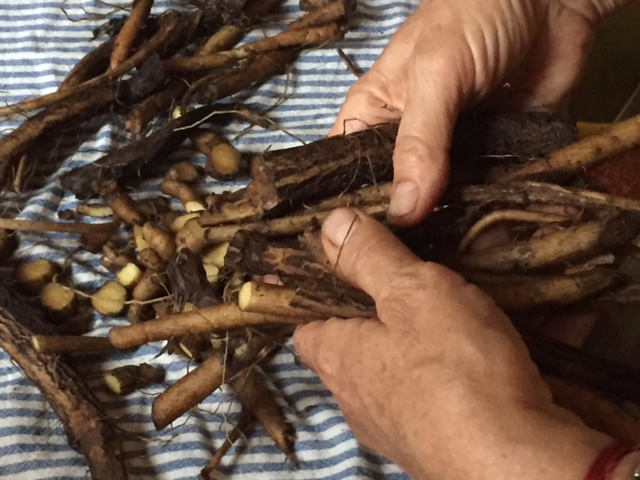
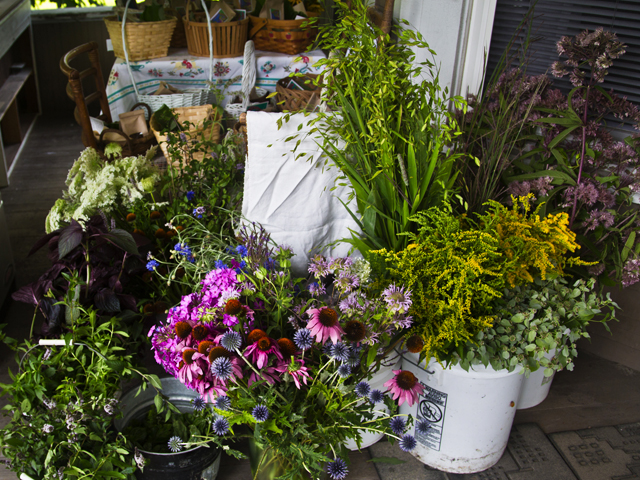
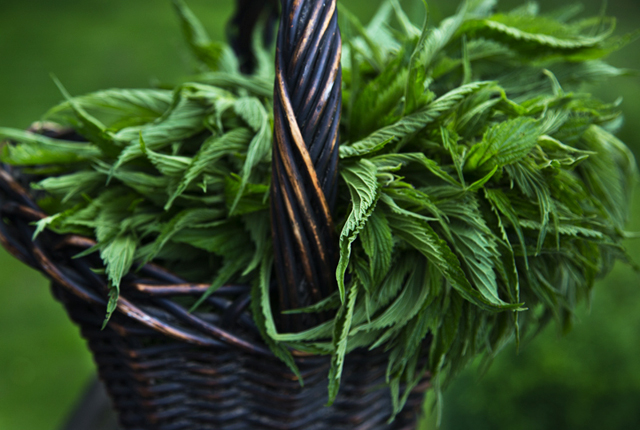
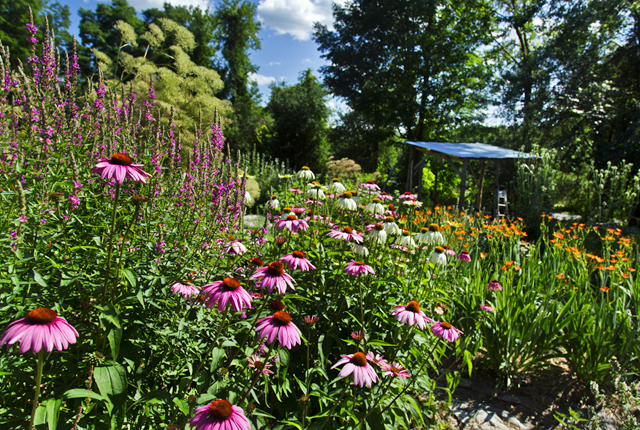
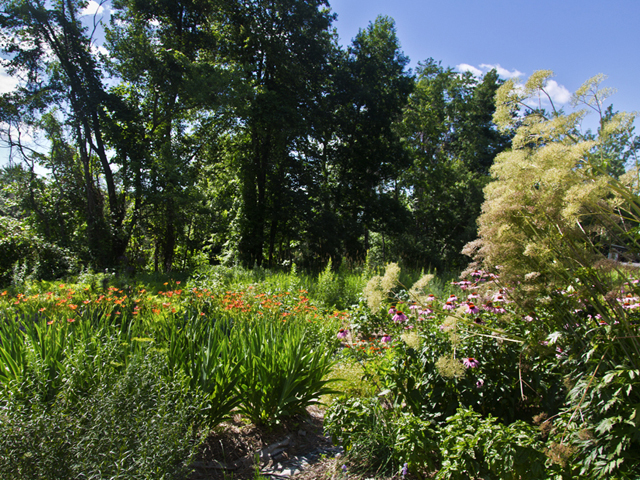
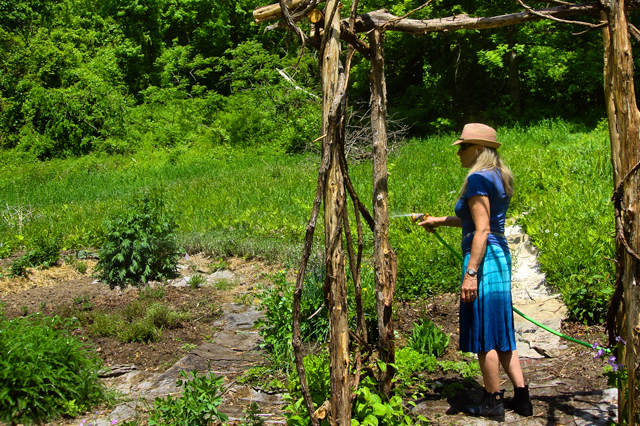
by Honey Sharp
Should one day you visit Krysia Kurzyca’s “Medicine Buddha Gardens” in Sheffield, MA, you’d be swept away by an overwhelming but ever so fresh fragrance. This is not a red roses, white peonies or lilacs traditional “fragrant garden.” Rather it’s an herb garden of a very special type.
While many of us primarily associate herbs such as rosemary, mint and basil for culinary purposes, her cultivated land is dedicated to growing and harvesting medicinal herbs. It has expanded to include at least 250 species, many of which are actually both culinary and medicinal such as the three above.
In addition, year around Krysia carefully prepares a variety of tinctures or extracts. She is a true herbal pharmacist. To accomplish this, she established a CSA (Community Supported Agriculture) farm in 2014.
While following paths set in a mandala pattern, with some covered with large burlap coffee bags from South America, I couldn’t escape noticing on this October day how each plant presented a distinctive scent. The combination of all in this rather rambunctious garden made for an almost intoxicating experience. What type of healing was I privy to by just breathing the air? I also wondered how it would smell in June or August.
No longer a visual experience, the natural world was suddenly dominated by the olfactory. Taste wasn’t so far away. When Krysia handed me a leaf to sample, its sweetness was more powerful than any sugar cane I’d ever chewed on. “Stevia” she said with her deep Slavic accent and sly, engaging smile. “Ah, the white powder in a little pink bag I’ve tried for coffee?” I asked.
How did she first become drawn to herbal medicine? Her story goes back to her Polish roots. “Government sponsored herbal apothecaries were everywhere; even children knew about herbs and remedies.” When, at the age of nine, Krysia read at her grandmother's office (“one of Poland’s first women doctors") a list of potential side-effects of many Western medicines the seed was planted.
Fate may have also played a role. “When I was a young woman, I learned that my family’s name, Kurzyca, means ‘witch’ in old Polish. It actually means “moving energy like a wind,” she explained. Coming to the USA in the 1980’s to study Zen Buddhism, she then trained as a Shiatsu practitioner and worked at Canyon Ranch and Kripalu in the Berkshires. After taking courses at Berkshire Botanical Garden, she enrolled at the University of Massachusetts where she also apprenticed with Chris Marano, one of the founders of the Clearpath School of Herbal Medicine. Throughout, she continued working as an artist and childrens’ books illustrator.
“My interest in herbs really came back though when I was facing serious health issues. Twenty years ago I got Lyme disease; I became a wounded healer.”
Today, aside from cultivating herbs as well as harvesting wild ones in a sustainable way, she makes herbal products such as tinctures, teas, elixirs, lotions and even insect repellents. Her CSA members pay a yearly fee for an overflowing basket of products every season. (Due to alcohol laws which her tinctures contain, she cannot sell however at farmer’s markets or to individuals.)
While seeking to heal and promote health, her mission is also to educate. Visiting her small “laboratory” in Great Barrington where I saw shelves upon shelves of bottles, drying herbs and a strange bunch of roots she was cutting that evening from the Siberian Maral root plant, I learned how specific medicinal properties are derived from roots, foliage, flowers, berries and even bark such as the willow bark, the original source of aspirin.
Obtaining the land for such an enterprise didn’t happen overnight. After much searching, she was offered a plot by the Sheffield Land Trust in 2014. “To make high quality products I needed to have access to these plants locally so that I can also harvest them at just the right time. I don’t import any plants except seeds. Friends and other herbalists also donate some.”
“But I still spend at least 50% of the time fighting invasives.” Watching her outdoors painstakingly untangle the choking bindweeds around artemisias, such as Sweet Annie (one of her favorites,) she explained how many such as purple loosestrife and Rosa multiflora can actually be highly beneficial. “But for sure I don’t need them here!” she exclaimed.
Launching and maintaining this CSA on her own - and with the help of a few friends - continues to be a challenging task. Only such a labor of love could enable her to pursue her vision. She continues the line of being a “Kurzyca” or medicine woman.
Photos by Krysia Kurzyca and Honey Sharp. For more information: Medicine Buddha Gardens
For information on Krysia's artwork, link to her illustration website: www.kryshaandrews.com

